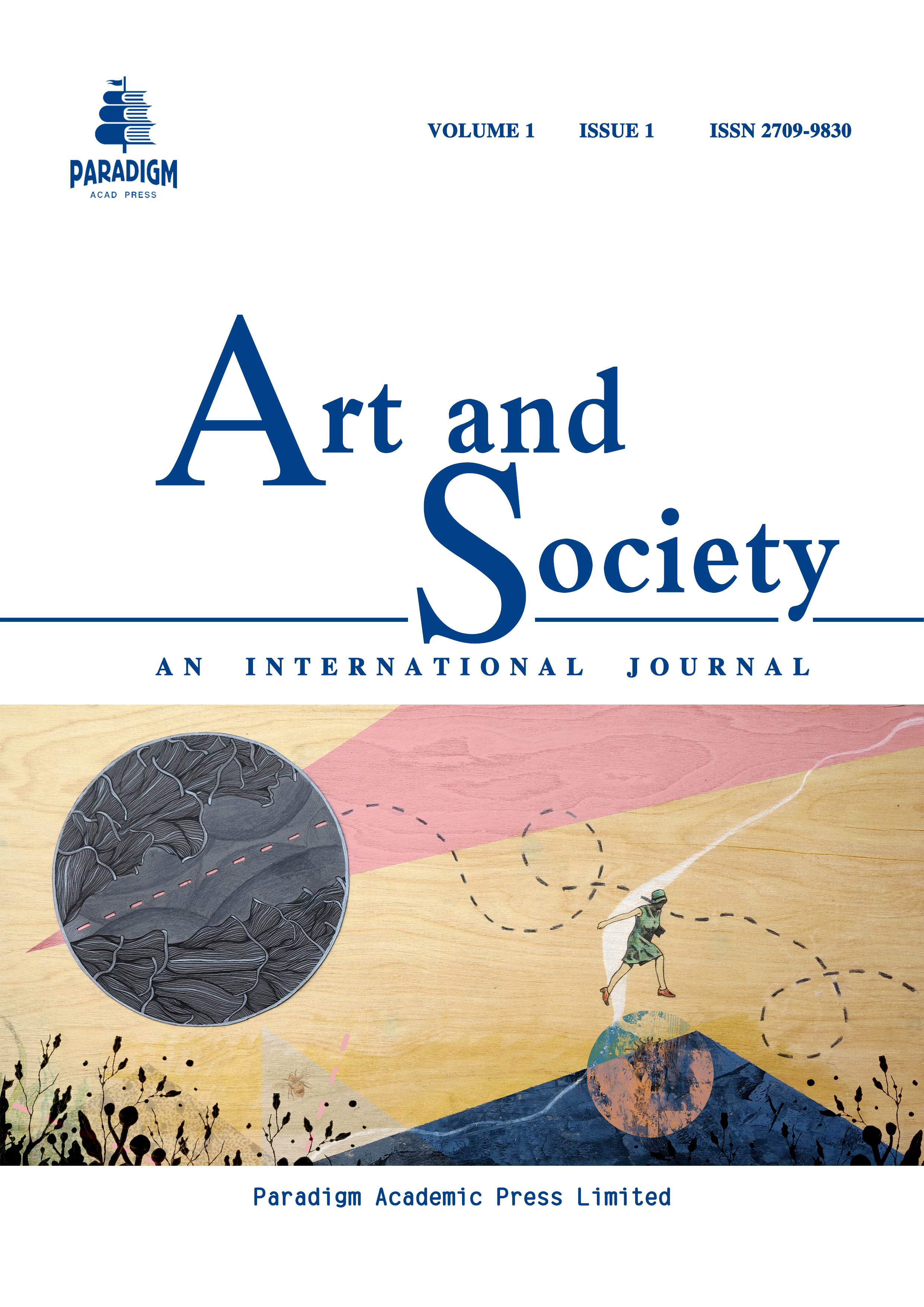Tigers as Imagery: Spatiality and Identity in Southeast Asian Art
Keywords:
tiger, Southeast Asian art, geography, cultural identity, phantom imagesAbstract
As a natural species, the tiger, conventionally regarded as a quintessential Asian animal, occupies the apex of material and energy flows within forest ecosystems. Beyond its natural form, the tiger has emerged as a cultural signifier across diverse ethnic spaces. This “imagined tiger” functions as a cultural “Other” in European art, evolving into an Asian cultural icon and, within postcolonial contexts, as a medium for addressing regional traumas. Over millennia, the interactions between tigers and humans in Southeast Asia have been shaped by spatial and temporal changes, influencing both the natural environment and human social activities. These dynamics have given rise to a history of material relations and symbolic representations between tigers and humans. Within Southeast Asia, a region marked by cultural, historical, and identity-related complexities, the tiger serves not only as a natural creature but also as a vessel of cultural memory, defining and representing human spatial identities in various ways within social realities. Therefore, by examining the spatial changes in the geographic distribution of tigers in Southeast Asia, this paper analyzes how tigers have functioned as ecological and cultural symbols within the Southeast Asian context. It further explores how the “imagined tiger” in Southeast Asian art continues to haunt the present as a phantom image, narrating issues of identity and power, even after the extinction of the ecological tiger, whose material presence as a symbol has vanished. Through the lens of tigers, this study seeks to uncover the regional cultural characteristics and identity issues in Southeast Asian art and reflect on how to reconstruct Southeast Asian art within a postcolonial framework.


